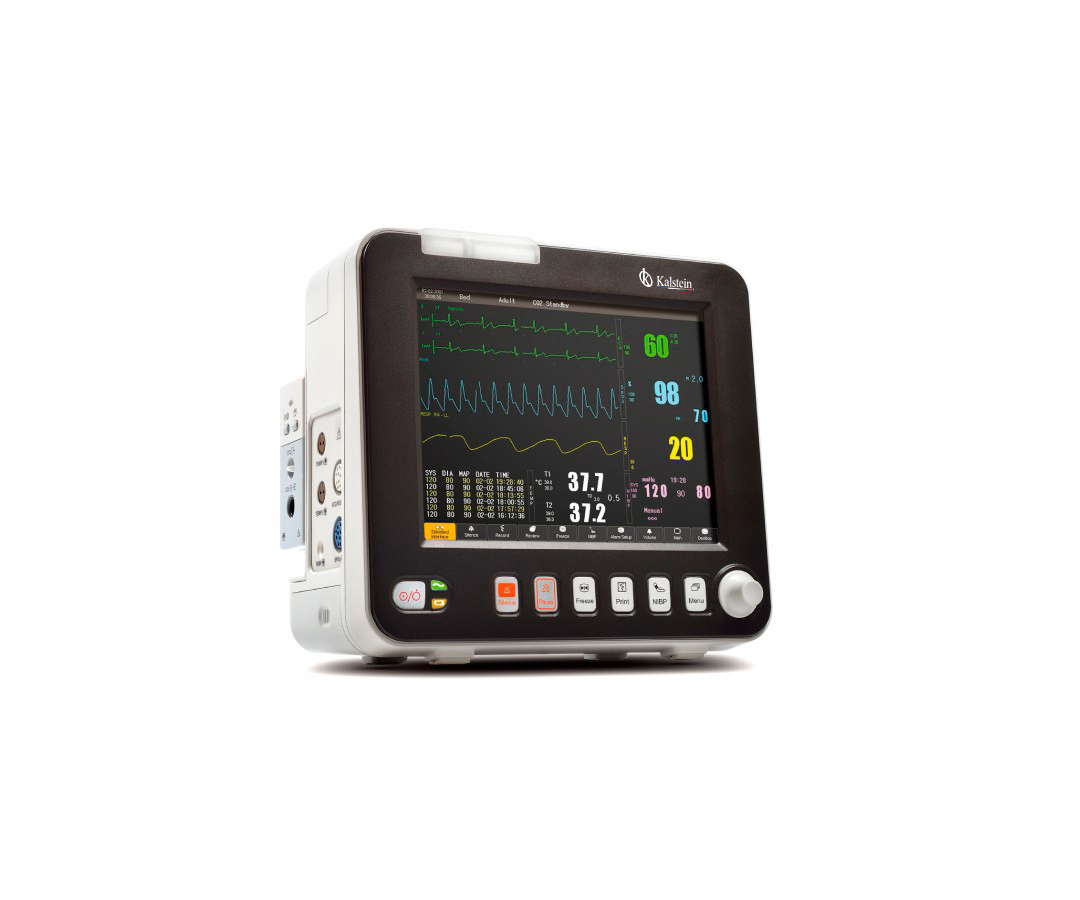A fetal monitor is a medical device that provides a prenatal monitoring system to measure and graphically display maternal abdominal contractions and fetal heart rate on a graphic display and on a chart recorder.
In other words, this equipment records the amount, intensity level and duration of contractions, in addition to the fetal heart rate. Among the parameters provided by a fetal monitor we have:
Fetal heart rate
It refers to the heartbeat of the fetus in one minute. The fetal heart appears at week 6 and its heartbeat can already be detected by a gestational Doppler ultrasound from the 10th week. The baseline fetal heart rate ranges between 110 and 160 beats per minute, we speak of fetal tachycardia when it exceeds 160 and fetal bradycardia when the rate is below 110 beats per minute; These changes are closely linked to the mother’s mood, diet, fetal hypoxia, and medications.
One of the main goals of fetal monitoring is to attempt to assess fetal oxygenation during delivery. Fetal oxygenation encompasses the transfer of oxygen from the environment to the fetus and the fetal physiological response if oxygen transfer is interrupted.
Oxygen is transported from the environment to the fetus via maternal and fetal blood through a pathway that includes the maternal lungs, heart, vessels, uterus, placenta, and umbilical cord. Disruption of the oxygen pathway at one or more points can lead to fetal heart rate decelerations.
Uterine contractions
Uterine contractions are registered in the shape of a hoods with a gradual increase and a symmetrical decrease. The intensity and duration of the same should be evaluated by manual palpation. Tachysystole is an excessive frequency of contractions and is defined as the presence of more than 5 contractions in 10 minutes.
While hyperstimulation is due to an exaggerated response to uterine stimulants, presenting an increase in the frequency, strength and tone of contractions, an increase in the basal tone between contractions and / or prolonged contractions in time of more than 2 minutes. This can cause changes in the fetal heart rate. Therefore, any increase in uterine activity (frequency, duration, or force) associated with changes in the fetal registry should be considered uterine hyperstimulation.
It is important to highlight that the reading of the tracing made by the fetal monitor must be done by the specialist, correlated with previous records, with absolute knowledge of the pregnant woman’s medical history in order to design the follow-up plan.
At Kalstein we are MANUFACTURERS of medical equipment with the most advanced technology at the best PRICES, including a new fetal monitor. So we invite you to take a look at the Products menu. HERE


